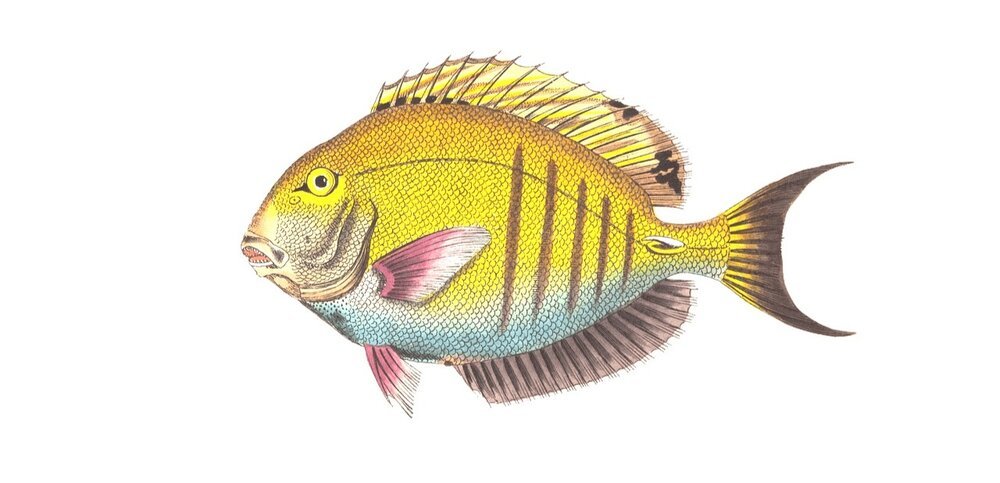How to use SEO in Squarespace to get free traffic to your website’s blog posts
Want to increase traffic to your Squarespace website? A good way is to work on your Squarespace SEO and create blog posts on topics people may be searching for. But to really start getting results you need to put into place basic SEO so your posts can be found.
Put into place these simple tips to your posts and pages to see a gradual increase in your page rank. But remember, SEO is a marathon, not a sprint!
Squarespace SEO - Is it any good? Yes!
Contrary to what many Wordpress website designers may say, having a Squarespace website does not negatively affect SEO for small businesses. It’s when you’re spending thousands per month on SEO that having a Wordpress website makes sense.
When creating a Squarespace website it is a good idea to get a professional to set it up properly, as some default Squarespace settings and templates are not great for SEO. This ensures you’re not wasting your SEO efforts.
But, if your website has been setup correctly, there are quite a few easy things you can do to help increase your organic search result rankings! Let’s dive right in.
Avoid Duplicate Pages On Your Squarespace Website
If two pages use the same or very similar keyword phrase, e.g.- blue mohair ladies socks, and red mohair ladies socks, they often end up competing against each other in search engine results.
This results in a lower ranking for both pages. 😥 So, if you have two very similar pages or posts, considering merging them into one. E.g. for the red and blue mohair socks, you could combine that into one page, and create options to select the colour and size.
In other words, don’t add unnecessary pages to your website, that don’t give value to your readers.
2. Focus your content on one topic ie keyword phrase for each post/page
When creating a new blog post or a new page, you need to choose a keyword phrase–or in other words, think about what people would search for to try and find the information you have on your page. You could also do some keyword research to go into more depth on finding phrases that may resonate with your target market.
A good keyword phrase for a shoe shop in Ballarat could be “Ballarat shoe shop.” Once you have your keyword phrase, you can use this to “optimize” your page.
As we mentioned before, don’t use the same keyword phrase for a different page or post.
Pro Tip: If you’re going to write about strange yellow fish for your blog post, stay on the topic of strange yellow fish!
3. Then, write your page with your topic/phrase in mind
This will help you keep on topic as well. And don’t think about being skimpy for your content! Google and other search engines much prefer longer, quality posts.
You should aim for at least 400+ words for your blog or page, and make sure to include lots of headings to make it easy to digest.
You might need to push yourself to really write a bit more than you are used to about your topic, but this will provide more value to your readers and provide a better user experience (also called UX).
4. Compress your images so they load quickly
After writing your content you should add images. However, large images mean a slow website, and a slow website is bad news for SEO. Squarespace does minimal compressing of your images, so unfortunately it’s up to you to sort that out.
To make your images ‘SEO optimized’ you’ll need to use small-sized images that are around 500-700kB. But if you make images that size manually, you’ll find they’re often too pixellated and unclear.
A good tool we use at Retro Marketing is Tinypng.com. Tiny png will take your images and compress them to a much smaller size, without losing quality.
Simply upload the images you want to compress, (you can select multiple images as well). Image sizes are compressed and you can download the web-optimized image!
5. Change the file names of images
After you upload your images for your blog post, don’t forget to change the filename! The filename may be something like 0933-pic.jpg but this doesn’t help Google know what your page or image is about.
So, you need to go to the filename and make it into something Google can make sense of. If your page (and keyword phrase) is about “how to grow nasturtiums” then a good filename would be something like: how-grow-nasturtiums.jpg or how-to-grow-nasturtiums.jpg
6. Add Alt Text To SEO Your Images
So you thought we were finished? Well, not quite yet! Before the images are done, we need to add alt text. To do this is also really easy in Squarespace.
Click on edit, then Design and then select Caption below. (This may be already selected) Now, go ahead and write a caption below the image related to both the image and your page’s topic.
It might be something like “Warm ladies mohair socks.” Then, go back to Design and select Do Not Display Caption. Your alt text is done!



